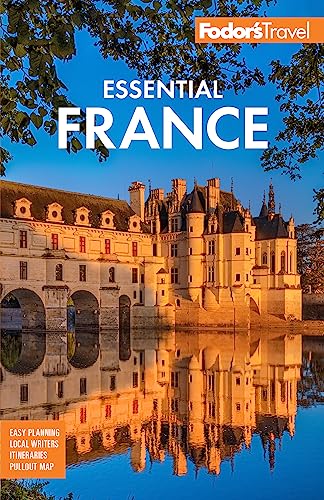The tranquil Oise River valley retains much of the charm that attracted Camille Pissarro, Paul Cézanne, Camille Corot, Charles-François Daubigny, and Berthe Morisot to Auvers-sur-Oise in the second half of the 19th century. Despite this lofty company, though, it's the spirit of Vincent van Gogh—who spent the last months of his life painting no fewer than 70 works here—that haunts every nook and cranny of this pretty riverside village. On July 27, 1890, the tormented artist laid his easel against a haystack, walked behind the Château d'Auvers, shot himself, then stumbled to the Auberge Ravoux. He died on July 29. The next day, using a hearse from neighboring Méry (because the priest of Auvers refused to provide his for a suicide victim), Van Gogh’s body was borne up the hill to the village cemetery. His heartbroken brother Theo died the following year and, in 1914, was reburied alongside him in a simple ivy-covered grave. Today many visitors make a pilgrimage to town sites associated with Van Gogh (the tourist office has information). Short hikes outside the center will lead you to lovely rural landscapes, including the one that inspired Van Gogh's last painting, Wheat Fields with Crows.
Love to travel?
Get FREE email communications from Fodor's Travel, covering must-see travel destinations, expert trip planning advice, and travel inspiration to fuel your passion.





